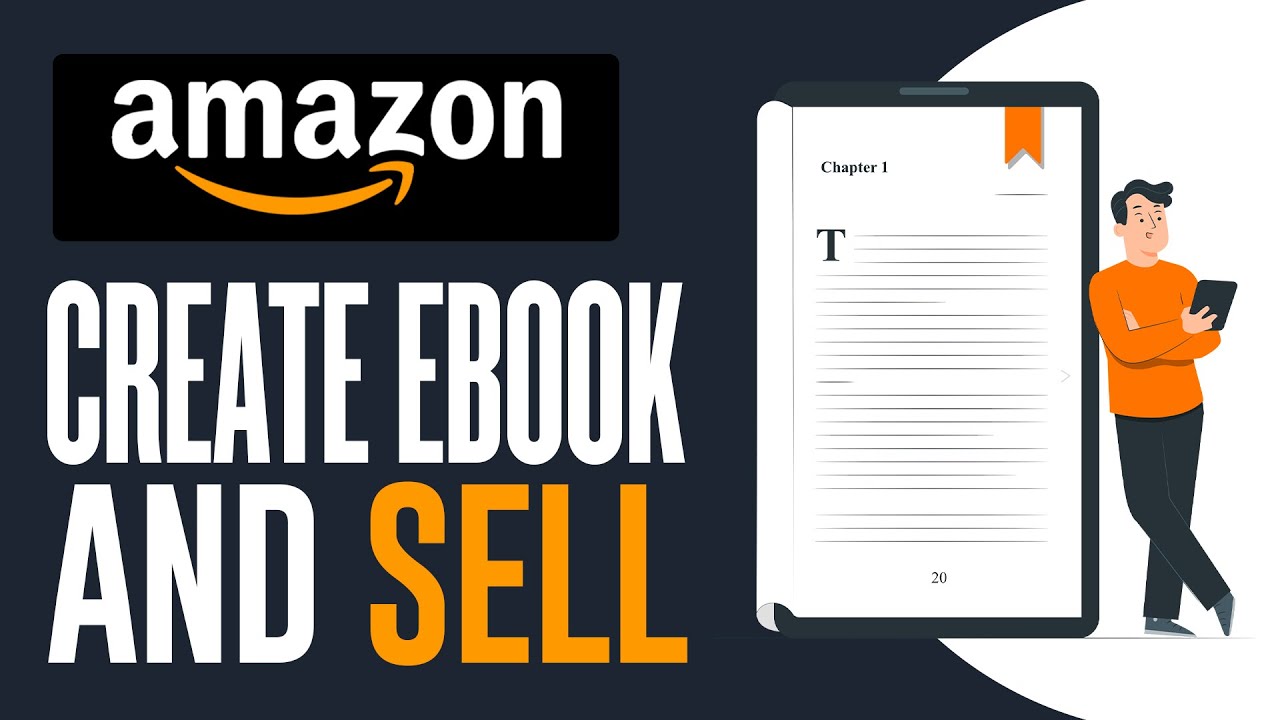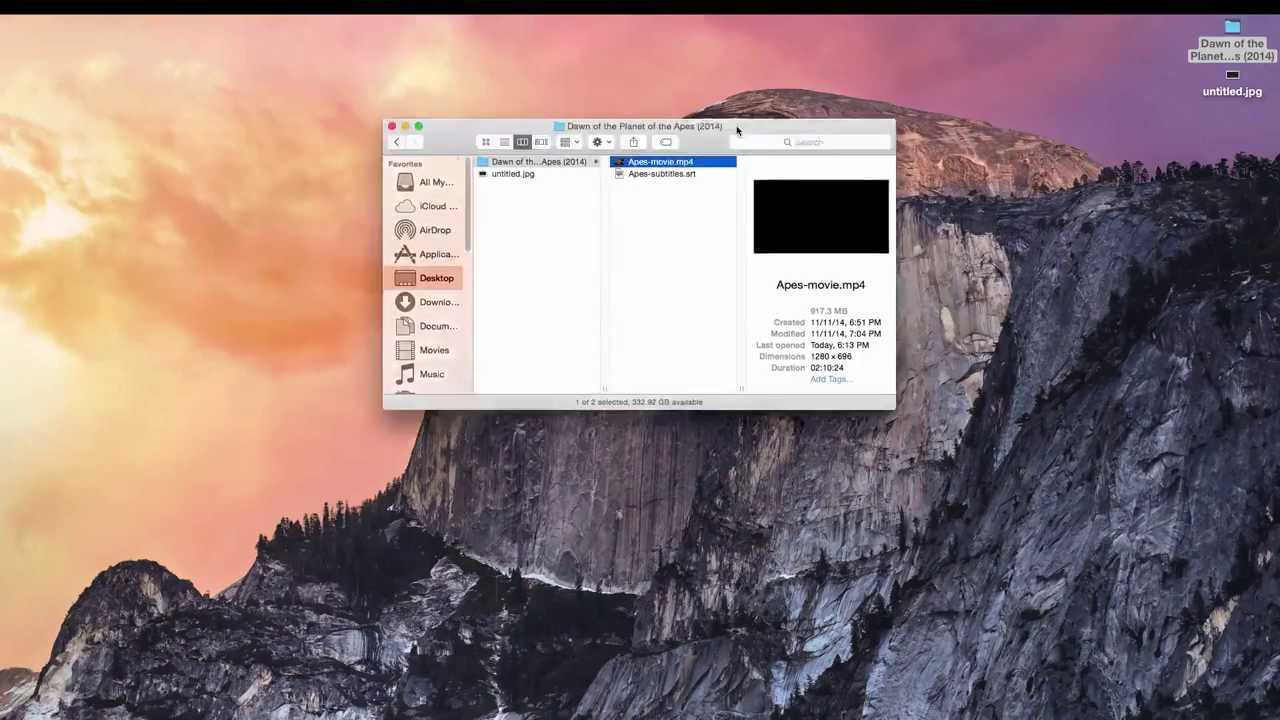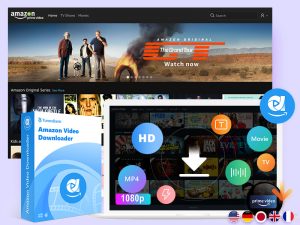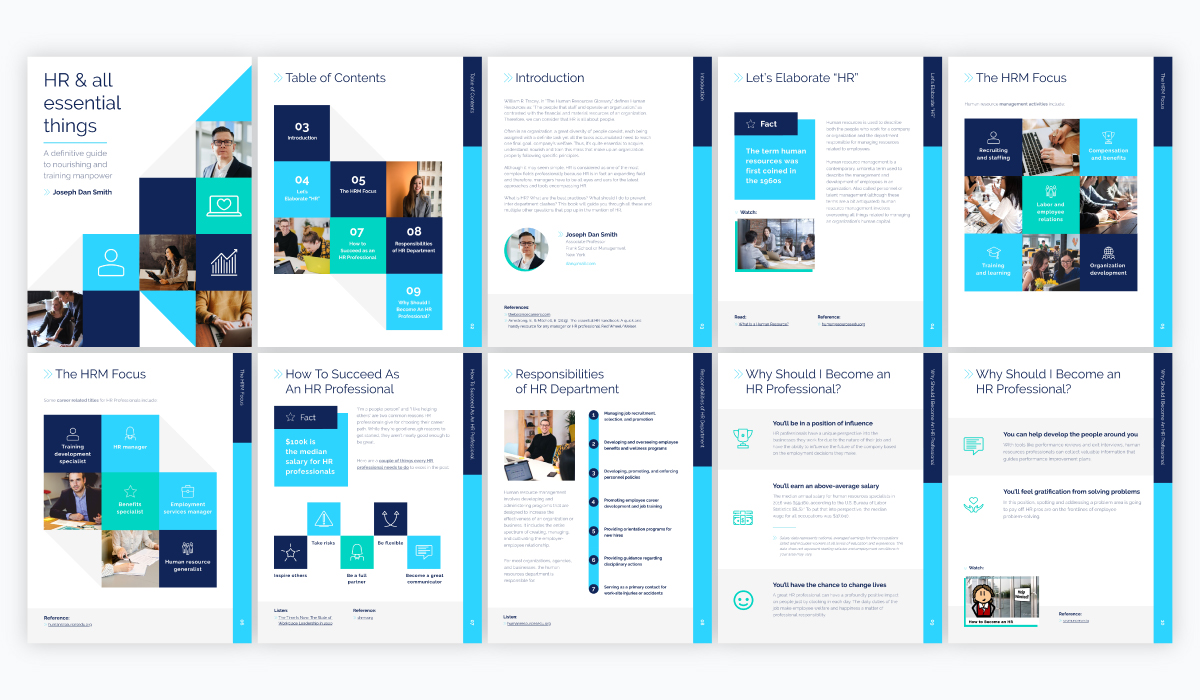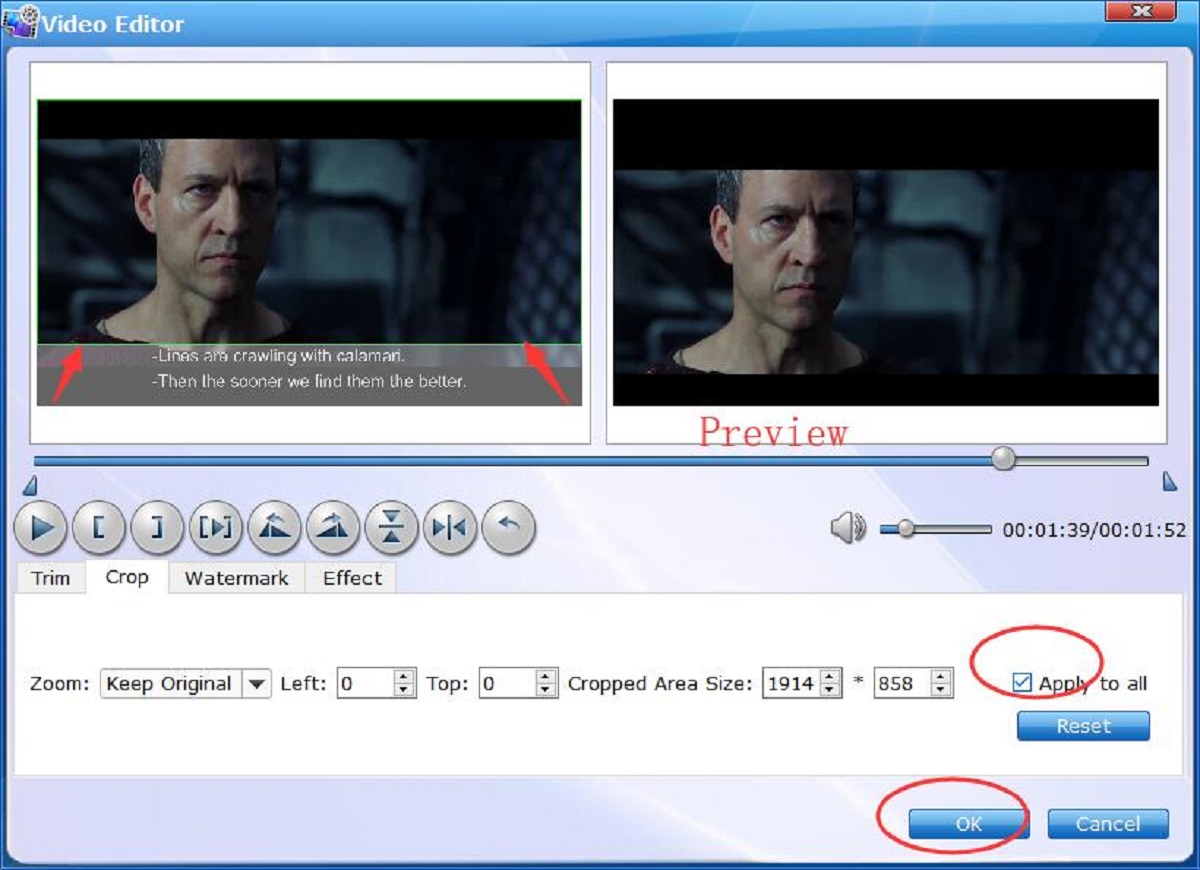Introduction
Subtitle writing is a specialized skill that plays a crucial role in improving accessibility and enhancing the viewing experience for audiences around the world. Whether it’s translating dialogue from one language to another or captioning videos for the hearing impaired, professional subtitle writers have a unique set of skills that make them invaluable in the entertainment industry.
Subtitles provide viewers with a way to understand and follow the dialogue and action happening on screen. They not only facilitate better comprehension for non-native language speakers but also make content accessible to individuals with hearing impairments or those watching in noisy environments.
To excel in subtitle writing, a combination of language proficiency, technical knowledge, and an understanding of storytelling is essential. Subtitle writers need to have an excellent grasp of grammar, syntax, and idiomatic expressions in both the source and target language.
In addition to linguistic skills, subtitle writers also need to be well-versed in using specialized software and tools for timing, formatting, and syncing subtitles with the audio or video. They must possess a keen eye for detail and be able to maintain impeccable accuracy while adhering to strict timing constraints.
If you have a passion for language, a knack for detail, and a love for storytelling, subtitle writing can be a rewarding career choice. Not only do you get to immerse yourself in different cultures and languages, but you also contribute to the global exchange of information and entertainment.
In the following sections, we will explore the skills required for subtitle writing, where to find subtitle writing jobs, popular subtitle writing platforms, tips for creating an appealing subtitle writing portfolio, and much more. By the end of this article, you’ll have a comprehensive understanding of what it takes to get paid to write subtitles and how to navigate the industry successfully.
What is subtitle writing?
Subtitle writing is the art of translating and transcribing dialogue from one language to another, and synchronizing it with the audio or video content. Subtitles are textual representations of the spoken word that appear at the bottom of the screen, allowing viewers to follow along and understand the dialogue even if they don’t speak the language being spoken.
Subtitles serve a crucial role in making content accessible to a wider audience, including non-native language speakers, individuals with hearing impairments, and those watching in noisy environments. They allow people to enjoy movies, TV shows, documentaries, and online videos in their preferred language, breaking down language barriers and ensuring a more inclusive viewing experience.
When it comes to subtitle writing, accuracy and timing are of utmost importance. Subtitles need to reflect the original meaning of the dialogue while fitting within specified time constraints dictated by the audio or video. Subtitle writers must carefully consider factors such as reading speed, line length, and character limitations to ensure that the subtitles don’t obstruct the visuals or overwhelm the viewer.
In addition to translation and timing, subtitle writers also need to understand the cultural nuances and context behind the dialogue. They may need to adapt idiomatic expressions, cultural references, and wordplay to ensure that the subtitles make sense to the target audience. This requires a deep understanding of both the source and target languages, as well as the ability to make creative decisions when translating colloquialisms or jokes.
Subtitle writing goes beyond simply translating words. It requires a keen eye for detail, linguistic proficiency, and a strong grasp of the medium in which subtitles are being used. Whether it’s subtitling a movie, TV show, YouTube video, or live event, subtitle writers must adapt their writing style to suit the tone and genre of the content. They need to be able to capture the essence of the dialogue and convey it effectively through written text.
Overall, subtitle writing is a specialized skill that combines translation, timing, and cultural adaptation to provide a seamless and immersive viewing experience for audiences. It requires a unique set of linguistic, technical, and creative skills to create accurate, engaging, and visually appealing subtitles that enhance the content being viewed.
Skills required for subtitle writing
Subtitle writing requires a diverse range of skills, blending language proficiency, technical knowledge, and a keen eye for detail. These skills are essential to create high-quality subtitles that accurately convey the spoken dialogue and enhance the overall viewing experience.
1. Language proficiency: The foundation of subtitle writing lies in a strong command of languages. Subtitle writers should have excellent proficiency in both the source language (the language of the original content) and the target language (the language in which subtitles will be written). This includes a deep understanding of grammar, vocabulary, idiomatic expressions, and cultural nuances in both languages.
2. Translation skills: Subtitle writers need the ability to translate dialogue effectively while maintaining the original meaning and intent. They must be skilled in adapting idiomatic expressions and cultural references to ensure that the subtitles resonate with the target audience and accurately convey the message of the original content.
3. Time management: Subtitles have strict timing constraints and need to be synchronized with the audio or video. Subtitle writers must have a keen sense of timing and the ability to adjust the length of subtitles to fit within specified timeframes. They need to ensure that the subtitles appear on screen at the right moment, allowing viewers to read them comfortably.
4. Technical knowledge: Subtitle writers should be familiar with specialized software and tools used in subtitle production. This includes working with subtitle creation and editing software, understanding different subtitle file formats (such as SRT, VTT, or ASS), and using time-coding and synchronization techniques to match subtitles with the audio or video.
5. Attention to detail: Subtitle writers must have a meticulous eye for detail to ensure accurate and error-free subtitles. They need to catch and correct any grammatical, spelling, or formatting mistakes to maintain the highest quality standards in their work.
6. Adaptability: Subtitle writers often work with a wide range of content, including movies, TV shows, documentaries, and online videos. They need the ability to adapt their writing style to suit various genres, tones, and target audiences. Flexibility in adjusting subtitles for different screen sizes or delivery platforms is also crucial.
7. Collaboration skills: Subtitle writers often work as part of a team, collaborating with translators, editors, and audio or video professionals. Good communication and collaboration skills are necessary to ensure smooth coordination and to meet project deadlines.
By developing and honing these essential skills, aspiring subtitle writers can thrive in this dynamic and rewarding field. Strong language proficiency, translation abilities, time management, technical knowledge, attention to detail, adaptability, and collaboration skills are the keys to becoming a successful subtitle writer.
Where to find subtitle writing jobs
If you’re interested in getting paid to write subtitles, there are several avenues where you can find subtitle writing jobs. Here are some key platforms and resources to explore:
1. Freelance job boards: Websites like Upwork, Freelancer, and Fiverr offer a wide range of freelance opportunities, including subtitle writing projects. These platforms connect clients with freelance subtitle writers, allowing you to bid on projects or create a profile to showcase your skills and attract clients.
2. Subtitling companies: Many companies specialize in providing subtitling services to the entertainment industry. They often have a need for skilled subtitle writers to handle their projects. Research and reach out to subtitling companies, both locally and internationally, to inquire about job openings or freelance opportunities.
3. Translation agencies: Translation agencies that offer subtitling services are another potential source of employment for subtitle writers. These agencies work with clients who require translation and subtitling in various languages. Submit your resume and portfolio to translation agencies that specialize in audiovisual translation to increase your chances of getting hired.
4. Content streaming platforms: Popular content streaming platforms like Netflix, Amazon Prime Video, and Hulu often require subtitles for their international content. Keep an eye out for job postings or reach out directly to these platforms to inquire about subtitle writing opportunities.
5. Localization companies: Localization companies focus on adapting content for different markets and languages. They often require subtitle writers for projects involving film, television, games, and other multimedia content. Research and get in touch with localization companies to inquire about potential job openings or freelance work.
6. Professional networks and associations: Joining professional networks and associations related to the language or audiovisual industry can provide valuable networking opportunities and job leads. Attend industry events, conferences, and seminars to connect with professionals in the field and learn about potential job opportunities in subtitle writing.
7. Online communities and forums: Engage with online communities and forums where fellow subtitle writers and industry professionals share job postings, tips, and resources. These platforms can provide insights into current trends, potential clients, and hidden job opportunities that you may not find elsewhere.
Remember, when searching for subtitle writing jobs, it’s crucial to showcase your skills and expertise through an impressive portfolio. Include samples of your previous subtitle work, highlighting your proficiency in different languages, genres, and styles. A strong portfolio will greatly enhance your chances of landing subtitle writing projects and securing long-term employment in the field.
Popular subtitle writing platforms
If you’re looking for subtitle writing opportunities, there are several popular platforms that connect subtitle writers with clients from around the world. These platforms offer a range of projects, from movie and TV show subtitles to videos and online content. Here are some popular subtitle writing platforms to consider:
1. Rev: Rev is a well-known platform that hires freelance subtitle writers to work on a variety of projects. They offer competitive rates and have a user-friendly interface that makes it easy to find and complete subtitle assignments. Rev also provides opportunities for transcription and translation work.
2. Amara: Amara is a collaborative platform that allows subtitle writers to contribute to open-source subtitle projects. You can join a community of volunteers or work on paid projects. Amara is known for its wide selection of video content and its commitment to making media accessible to everyone.
3. GoTranscript: GoTranscript offers subtitle writing opportunities for freelancers. They have a straightforward application process and a range of projects, including subtitles for videos, movies, television shows, and more. GoTranscript provides guidelines and support to ensure the quality of the subtitles produced.
4. Dotsub: Dotsub specializes in professional subtitling and closed captioning services. They work with a team of translators and subtitle writers to create accurate and high-quality subtitles for a variety of content. You can apply to become a part of their team and work on a wide range of projects for different industries.
5. Addic7ed: Addic7ed is a popular platform for subtitle enthusiasts and volunteers. While it primarily focuses on TV show subtitles, it also offers opportunities to subtitle movies and other video content. Subtitle writers can contribute to various projects and collaborate with other members of the community.
6. Netflix Hermes: If you aspire to work on subtitles for Netflix shows and movies, their subtitling platform called Hermes is worth exploring. Netflix uses Hermes to manage its subtitle localization and hires qualified subtitle writers to translate and adapt subtitles for their content.
7. CaptionHub: CaptionHub is a professional subtitling platform that works with businesses and media organizations. They provide a collaborative workspace for subtitle writers, allowing them to work on projects efficiently and collaboratively. CaptionHub offers opportunities for both freelancers and full-time captioning professionals.
When considering these subtitle writing platforms, be sure to review their requirements, payment terms, and feedback from other subtitle writers. Each platform has its own application process and guidelines, so it’s essential to familiarize yourself with their specific requirements to increase your chances of success.
By utilizing these popular subtitle writing platforms, you can gain valuable experience, build your portfolio, and establish connections within the industry. Remember to always deliver high-quality work, meet deadlines, and continuously improve your skills to stand out in the competitive world of subtitle writing.
How to create an appealing subtitle writing portfolio
Building an appealing subtitle writing portfolio is essential for showcasing your skills and attracting potential clients or employers. A well-designed and comprehensive portfolio can demonstrate your proficiency in different languages, genres, and styles of subtitle writing. Here are some steps to help you create an appealing subtitle writing portfolio:
1. Select your best work: Choose a selection of your best and most diverse subtitle writing projects to showcase in your portfolio. Include samples that highlight your ability to handle various genres, such as movies, TV shows, documentaries, or online videos. Aim to display a range of language pairs and different clients or projects to demonstrate your versatility.
2. Highlight accuracy and quality: Emphasize the accuracy and quality of your subtitle work throughout your portfolio. Include examples that showcase your attention to detail, consistency, and adherence to timing and formatting guidelines. Demonstrate your ability to capture the essence of the dialogue while maintaining the original meaning and intent.
3. Showcase language proficiency: If you’re fluent in multiple languages, showcase your language proficiency in your portfolio. Include samples of subtitles in different languages, highlighting your ability to translate dialogue accurately, adapt cultural references, and maintain the linguistic integrity of the original content.
4. Demonstrate technical skills: Showcase your proficiency in using subtitle creation and editing software, as well as your ability to work with different subtitle file formats (such as SRT, VTT, or ASS). Include examples that demonstrate your understanding of time-coding, synchronization, and formatting guidelines.
5. Include testimonials: Incorporate testimonials or reviews from satisfied clients into your portfolio. Testimonials can add credibility and trustworthiness to your work, showcasing your professionalism and ability to deliver high-quality subtitles on time.
6. Create a visually appealing layout: Design your portfolio in a visually appealing and easy-to-navigate format. Use professional-looking templates or create a customized design that showcases your subtitle samples effectively. A clean and organized layout will enhance the overall presentation of your work.
7. Provide contact information: Ensure that your portfolio includes clear contact information, such as your email address or website, so potential clients or employers can easily reach out to you for collaboration or job opportunities.
8. Continuously update your portfolio: Regularly update your portfolio to include your latest subtitle writing projects and refine it as you gain more experience. It’s important to keep your portfolio fresh and relevant to showcase your growth and expertise in the field.
In addition to creating an appealing subtitle writing portfolio, consider building an online presence through a personal website or professional networking sites like LinkedIn. Use these platforms to showcase your work, connect with industry professionals, and actively engage with the subtitle writing community.
By following these steps, you can craft an attractive and persuasive subtitle writing portfolio that effectively highlights your skills, experience, and expertise, increasing your chances of securing exciting opportunities in the field of subtitle writing.
Tips for writing accurate and efficient subtitles
Writing accurate and efficient subtitles is crucial to ensure the quality and effectiveness of the content. Here are some valuable tips to help you in writing subtitles that are both accurate and efficiently convey the intended message:
1. Transcribe and translate dialogue: Start by transcribing the dialogue from the source language, capturing the exact words and punctuation. Then, translate the dialogue into the target language, considering the cultural context and linguistic nuances. Strive for accuracy and ensure that the subtitles reflect the intended meaning of the dialogue.
2. Keep it concise: Subtitles have limited screen space and need to be read quickly. Aim to keep each subtitle line to two lines or less, using concise and clear language. Be mindful of the reading speed and make sure the subtitles are easy to read and understand within the allotted time.
3. Ensure synchronization: Pay close attention to timing and synchronize the subtitles with the audio or video. Each subtitle line should appear and disappear at the appropriate moment, allowing viewers to read and comprehend the dialogue comfortably. Proper timing enhances the viewing experience and prevents subtitles from overlapping or appearing too early or too late.
4. Be consistent: Maintain consistent style, punctuation, and formatting throughout the subtitles. Consistency helps viewers follow the dialogue smoothly and minimizes distractions. Establish guidelines for capitalization, italics, font size, and other formatting elements, and adhere to them consistently.
5. Adapt to the target audience: Consider the target audience when translating and adapting subtitles. Adapt idiomatic expressions, cultural references, and humor appropriately to ensure that the subtitles are relatable and understandable for the target viewers. Avoid literal translations that may not make sense or convey the intended meaning.
6. Proofread for accuracy: Pay close attention to grammar, spelling, and punctuation in your subtitles. Use spell-check and grammar-check tools to catch any errors, but also proofread manually to ensure accuracy. Mistakes can distract viewers and diminish the quality of your subtitles.
7. Use appropriate line breaks: Break lines in a way that makes logical and grammatical sense. Avoid breaking sentences in the middle of clauses or at awkward points. Maintain readability and ensure that each line flows naturally and makes sense to the viewer.
8. Consider reading speed: Pace your subtitles according to the viewing speed of the target audience. Different languages may have different word lengths and reading speeds. Adjust the length of subtitles to allow viewers enough time to read and comprehend the text comfortably.
9. Reflect speaker changes: Clearly indicate when the dialogue switches between different speakers. Use techniques such as speaker labels, dashes, or different text colors to indicate speaker changes. This helps viewers follow conversations more easily.
10. Test readability: Prioritize readability by testing your subtitles with a variety of viewers. Consider their feedback and make adjustments if necessary. Ensure that your subtitles are accessible to a wide range of viewers, including non-native language speakers and individuals with visual impairments.
By following these tips, you can write accurate and efficient subtitles that enhance the viewing experience and effectively convey the dialogue and message of the content.
How much do subtitle writers get paid?
The payment for subtitle writing can vary depending on several factors, including the project type, complexity, language pairs, and the client or employer. Generally, subtitle writers are compensated on a per-minute or per-hour basis, or they may receive a fixed fee for each project. Let’s explore the various factors that influence the payment for subtitle writing:
1. Project type: The type of project can have an impact on the payment. Subtitling for movies, TV shows, or high-profile productions may offer higher rates compared to smaller video projects or online content.
2. Complexity: Subtitling projects that require specialized knowledge or expertise, such as technical terminology or legal jargon, may command higher rates. The complexity of the content and the level of difficulty in translating and adapting the dialogue can influence the payment.
3. Language pairs: The demand for certain language pairs can affect the rates for subtitle writers. Languages that are less common or require particularly high-level proficiency may have higher rates due to the limited pool of qualified subtitle writers available.
4. Experience and expertise: Subtitle writers with extensive experience or expertise in a particular field or genre may be able to command higher rates. Established professionals with a proven track record of delivering high-quality subtitles may negotiate premium rates based on their reputation and skill set.
5. Client or employer: Rates can vary depending on the client or employer. Working directly with content creators, production companies, or streaming platforms may offer more competitive rates compared to subcontracting through an agency or middleman.
6. Geographical location: Subtitle writing rates can differ depending on the cost of living and industry standards in different regions. Rates may be higher in regions with higher living expenses or where the demand for professional subtitle writers exceeds the supply.
It’s important to note that the payment for subtitle writing can range from a few cents per minute to several dollars per minute, or even more for complex or specialized projects. It’s advisable to research industry standards, network with other subtitle writers, and consider the aforementioned factors to determine a fair and competitive rate for your services.
Additionally, it’s advantageous to negotiate payment terms and rates with clients or employers. Depending on the project scope, deadline, and your expertise, you may have an opportunity to negotiate higher rates or additional compensation for rush orders, additional revisions, or extra services provided.
Ultimately, the payment for subtitle writing varies, and it’s crucial to assess each opportunity individually to ensure that the offered compensation aligns with the complexity of the project, your expertise, and the industry standards.
Negotiating payment terms and rates
When taking on subtitle writing projects, it’s important to understand that payment terms and rates are negotiable. Negotiating can help ensure that you are fairly compensated for your skills and expertise. Here are some tips to help you negotiate payment terms and rates effectively:
1. Research industry standards: Before entering into negotiations, research industry standards and benchmarks for subtitle writing rates. Look for information on reputable sources, consult professional networks, and reach out to experienced subtitle writers for guidance. Understanding the market value for your services will give you a solid basis for negotiations.
2. Assess the project scope: Evaluate the project requirements, including the expected workload, complexity, and deadline. Consider factors such as the word count, language pairs, technical requirements, and any additional services required. The project scope should be a key consideration when discussing payment terms and rates.
3. Highlight your expertise: Emphasize your experience, expertise, and the value you bring to the project. Discuss your relevant qualifications, past successes, and any specialized knowledge that sets you apart. Clients are often willing to pay higher rates for professionals who demonstrate a track record of delivering high-quality subtitles.
4. Communicate your value proposition: Clearly articulate the benefits that the client or employer will receive by working with you. Showcase your ability to deliver accurate, efficient, and engaging subtitles that enhance the viewing experience. Highlight how your expertise will add value to their project and contribute to their overall success.
5. Create a strong portfolio: Having a well-designed and comprehensive subtitle writing portfolio can significantly bolster your negotiating position. A portfolio that showcases your expertise, diverse language pairs, and previous successful projects can provide tangible evidence of your abilities. A strong portfolio can help justify higher rates during negotiations.
6. Suggest alternative payment structures: Instead of negotiating a flat rate, consider proposing different payment structures that may be more suitable for the project and your working style. This could include an hourly rate, a per-minute rate, or a tiered pricing structure based on the complexity of the subtitles or project specifications.
7. Be open to compromise: Negotiations often involve finding a middle ground that satisfies both parties. Be open to discussing different options and be willing to compromise on certain aspects, such as the payment terms, timelines, or revisions. A collaborative approach can help build a positive working relationship and result in mutually beneficial arrangements.
8. Put agreements in writing: Once you’ve reached an agreement on payment terms and rates, it’s essential to document it in a written contract or agreement. Clearly outline the scope of work, payment structure, deadlines, revision policy, and any other relevant details. Having a written agreement protects both parties and ensures a clear understanding of the agreed-upon terms.
Negotiating payment terms and rates is an important part of being a professional subtitle writer. By conducting thorough research, highlighting your expertise, effectively communicating your value proposition, and being open to compromise, you can secure fair and competitive compensation for your services.
Avoiding common mistakes in subtitle writing
Subtitle writing requires a high level of accuracy and precision to ensure the quality and effectiveness of the subtitles. However, it’s easy to make mistakes that can impact the viewer’s experience. Here are some common mistakes to avoid in subtitle writing:
1. Timing errors: Failing to synchronize the subtitles with the audio or video is a common mistake. Ensure that the subtitles appear and disappear at the right moments, allowing viewers to read them comfortably without feeling rushed or missing important dialogue.
2. Overloading subtitles: Trying to fit too much text into a single subtitle line can make it difficult for viewers to read and comprehend the subtitles. Keep the lines concise and avoid overcrowding them with excessive content.
3. Ignoring readability: Poor readability can diminish the effectiveness of subtitles. Use legible fonts, appropriate font sizes, and appropriate colors that contrast well with the background. Also, ensure sufficient duration for viewers to comfortably read the subtitles without feeling rushed.
4. Literal translations: Translating dialogue word-for-word can result in subtitles that don’t convey the intended meaning accurately. Avoid relying exclusively on literal translations and instead focus on capturing the essence and intent of the dialogue in a way that resonates with the target audience.
5. Ignoring cultural context: Neglecting cultural context can lead to subtitles that lack cultural sensitivity or fail to adapt cultural references. Adapt idiomatic expressions, jokes, colloquialisms, and cultural nuances to ensure that the subtitles make sense and are relatable to the target audience.
6. Grammatical and spelling errors: Grammatical mistakes and spelling errors can negatively impact the quality of subtitles. Proofread your subtitles carefully to ensure accuracy, grammar, and proper spelling. Utilize spell-check and grammar-check tools, but also manually review the subtitles to catch any errors that automated tools may miss.
7. Inconsistency in style and formatting: Maintaining consistency in style, punctuation, and formatting is essential for a seamless viewing experience. Inconsistencies can be distracting and undermine the professionalism of the subtitles. Establish and adhere to clear style guidelines for formatting, capitalization, italics, and other elements throughout the subtitles.
8. Not maintaining line breaks: Incorrect line breaks can disrupt the flow of dialogue and confuse viewers. Ensure that subtitles are broken at natural pause points or between clauses to maintain clarity and coherence in the dialogue.
9. Ignoring speaker identification: Failing to identify different speakers, especially in dialogue-heavy content, can create confusion for viewers. Utilize proper speaker labels, dashes, different text colors, or other visual cues to make it clear when the speaker changes.
10. Lack of context or coherence: Subtitles should provide a coherent and contextual translation of the dialogue. Ensure that subtitles have a logical flow and make sense within the context of the scene or situation, enabling viewers to follow the narrative smoothly.
By being aware of these common mistakes and taking proactive measures to avoid them, you can significantly enhance the overall quality and effectiveness of your subtitle writing, resulting in a better viewing experience for the audience.
Conclusion
Becoming a paid subtitle writer opens up a world of opportunities to contribute to the accessibility and global exchange of information and entertainment. Subtitle writing requires a unique combination of technical skills, language proficiency, and a keen eye for detail. By honing your skills and leveraging available resources, you can excel in this specialized field.
Whether you choose to work as a freelancer or seek employment with subtitling companies or translation agencies, there are various platforms and avenues to find subtitle writing jobs. Creating an appealing subtitle writing portfolio that showcases your expertise, language proficiency, and past projects is crucial for attracting clients and employers.
To write accurate and efficient subtitles, focus on maintaining accuracy, readability, and synchronization. Avoid common mistakes such as timing errors, overloading subtitles, and ignoring cultural context. By adhering to best practices and continuously improving your skills, you can provide high-quality subtitles that enhance the viewing experience.
Regarding payment, the rates for subtitle writing can vary depending on multiple factors, including project type, complexity, language pairs, experience, and client or employer. Negotiating payment terms and rates allows you to advocate for fair compensation based on industry standards and the specific project requirements.
As you embark on your journey as a subtitle writer, remember to stay up-to-date with industry trends, continuously improve your skills, and actively network with other professionals in the field. By staying dedicated and delivering high-quality work, you can establish yourself as a sought-after subtitle writer and contribute to the accessibility and enjoyment of media around the world.










